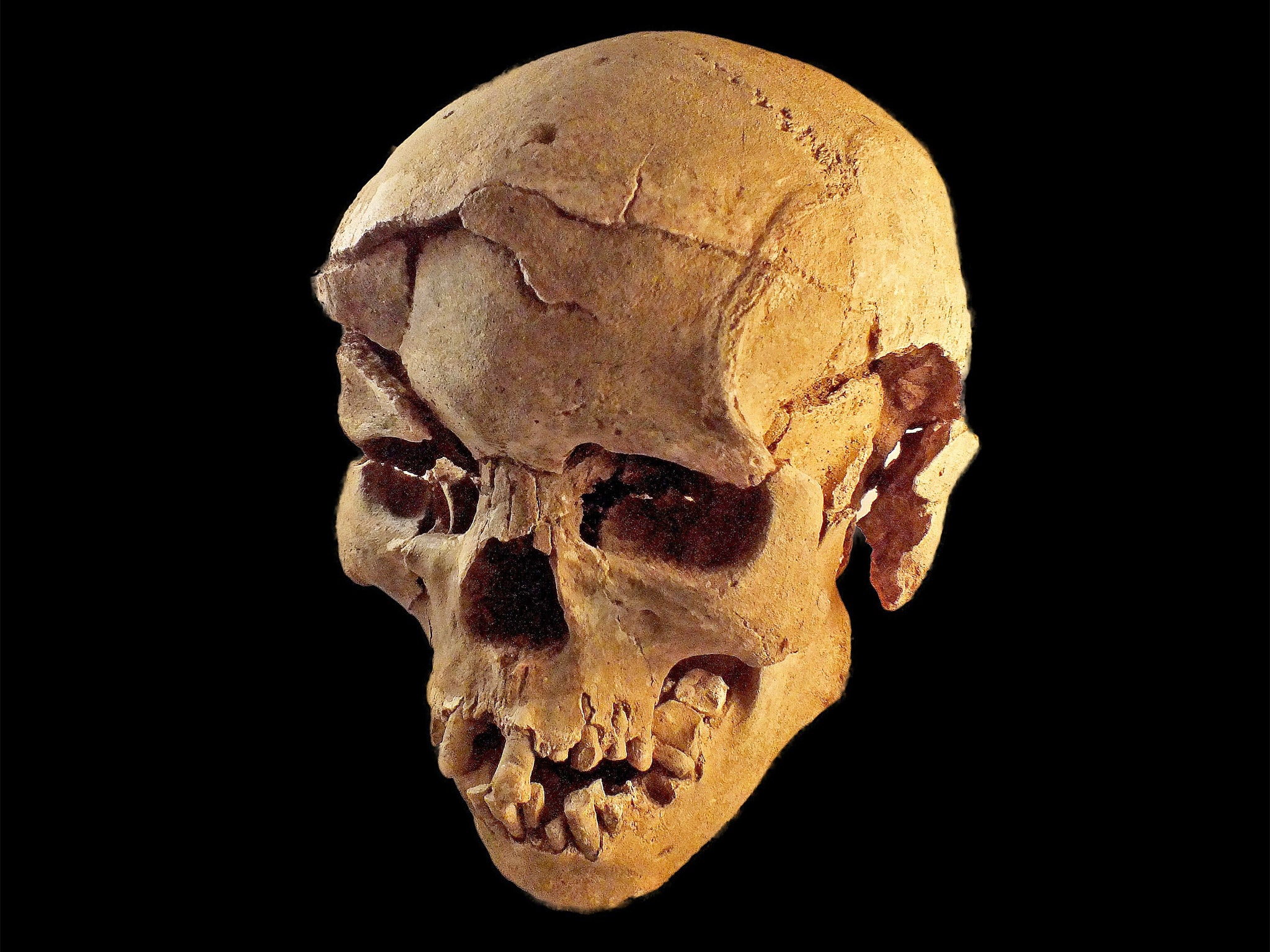War is as old as time: Cambridge University researchers unveil massacred bodies dating back 10,000 years
The remains at Nataruk, 19 miles to the west of Lake Turkana, have been dated to between 9,500-10,500 years ago

No matter how young, weak or vulnerable their victims, the killers wanted no survivors. By the time they had finished their work, at least 27 people including six children and a heavily-pregnant woman, lay clubbed or stabbed to death.
This was no spontaneous massacre. At least four of the dead, including the mother-to-be, were positioned as if their hands or feet had been bound while their heads, knees and limbs were smashed. There were to be no burials - the bodies of some were thrown into an adjoining lagoon while others were seemingly left to die where they fell.
It may sound like an act of medieval barbarity or even an atrocity from the current killing fields of Syria.
But this act of indiscriminate slaughter dates back some 10,000 years and as such may represent the earliest evidence of humans at war.
Researchers at Cambridge University have unveiled the findings of a three-year project to examine whether “inter-group violence” was the cause of the smashed remains of a group of hunter-gatherers found at a remote site close to Lake Turkana in north west Kenya.
The UK-based scientists believe that the nature and severity of the wounds offer tantalising proof that nomadic prehistoric humans waged war on each other several millennia before their successors discovered large-scale, planned violence as a means of grabbing territory or settling disputes.

The remains at Nataruk, some 19 miles to the west of Lake Turkana, have been dated to between 9,500-10,500 years ago when the now desert location would have been a fertile lakeshore supporting a substantial population of hunter-gatherers.
Of the remains of 27 individuals found by the researchers, including eight women and six children, ten had clear signs of having suffered a violent death, including skulls crushed by blows from a blunt weapon - probably a club - and broken knees, hands and ribs.
In up to six cases, the dead suffered wounds from sharp objects such as arrows and the remains of stone projectiles found lodged in skulls and chests in three cases.
The findings, reported in the journal Nature, suggest the victims may have been members of an extended family who were set upon by a rival group. The use of arrowheads made from obsidian, a rare stone in the Nataruk region, suggests the killer were possibly from outside the area.
Project leader Dr Marta Mirazon Lahr, from the university’s Leverhulme Centre for the Study of Human Evolution, said: “The deaths at Nataruk are testimony to the antiquity of inter-group violence and war. These human remains record the intentional killing of a small band of foragers with no deliberate burial, and provide unique evidence that warfare was part of the repertoire of inter-group relations among some prehistoric hunter-gatherers.”
While aggression is deeply rooted in the human psyche, the roots of organised conflict remain unclear with most experts believing warfare developed when nomadic groups finally settled with the emergence of agriculture some 6,000 years ago.
The Cambridge researchers argue that the Nataruk massacre may have been a “raid for resources” such as women, children or stored food because pottery found at the site may suggest a family group that had begun to settle.
Such a finding would extend by up to 4,000 years the known time frame for war-like conflict. Alternatively, the killings may simply have been an example of what happened when two groups of prehistoric humans crossed paths.
Professor Robert Foley, also from the Leverhulme Centre and a co-author of the study, said: “I’ve no doubt it is in our biology to be aggressive and lethal, just as it is to be deeply caring and loving. A lot of what we understand about human evolutionary biology suggests these are two sides of the same coin.”
Join our commenting forum
Join thought-provoking conversations, follow other Independent readers and see their replies
Comments